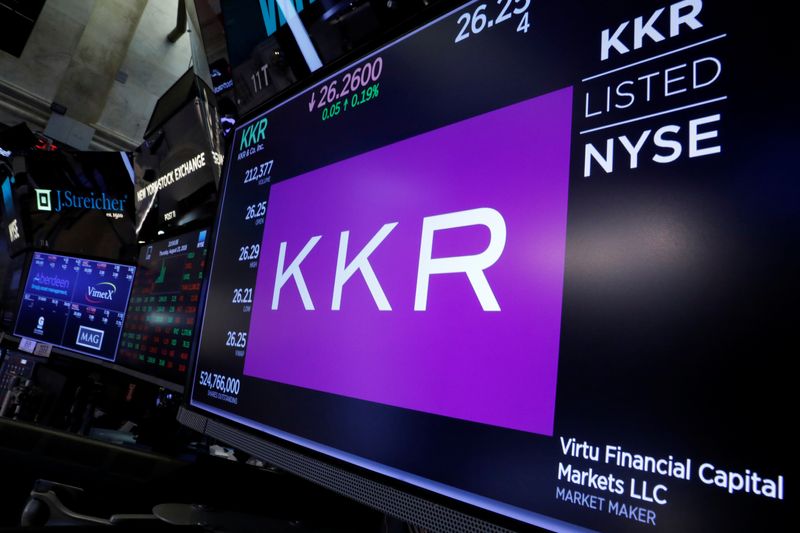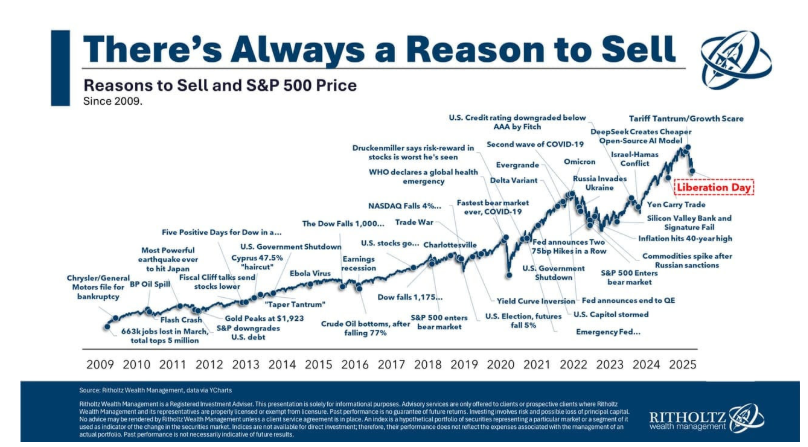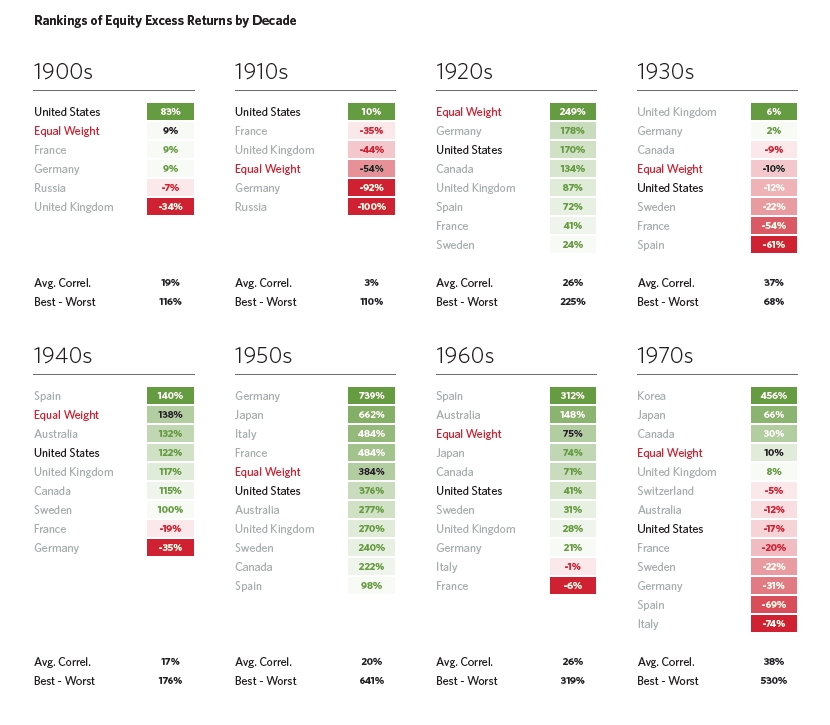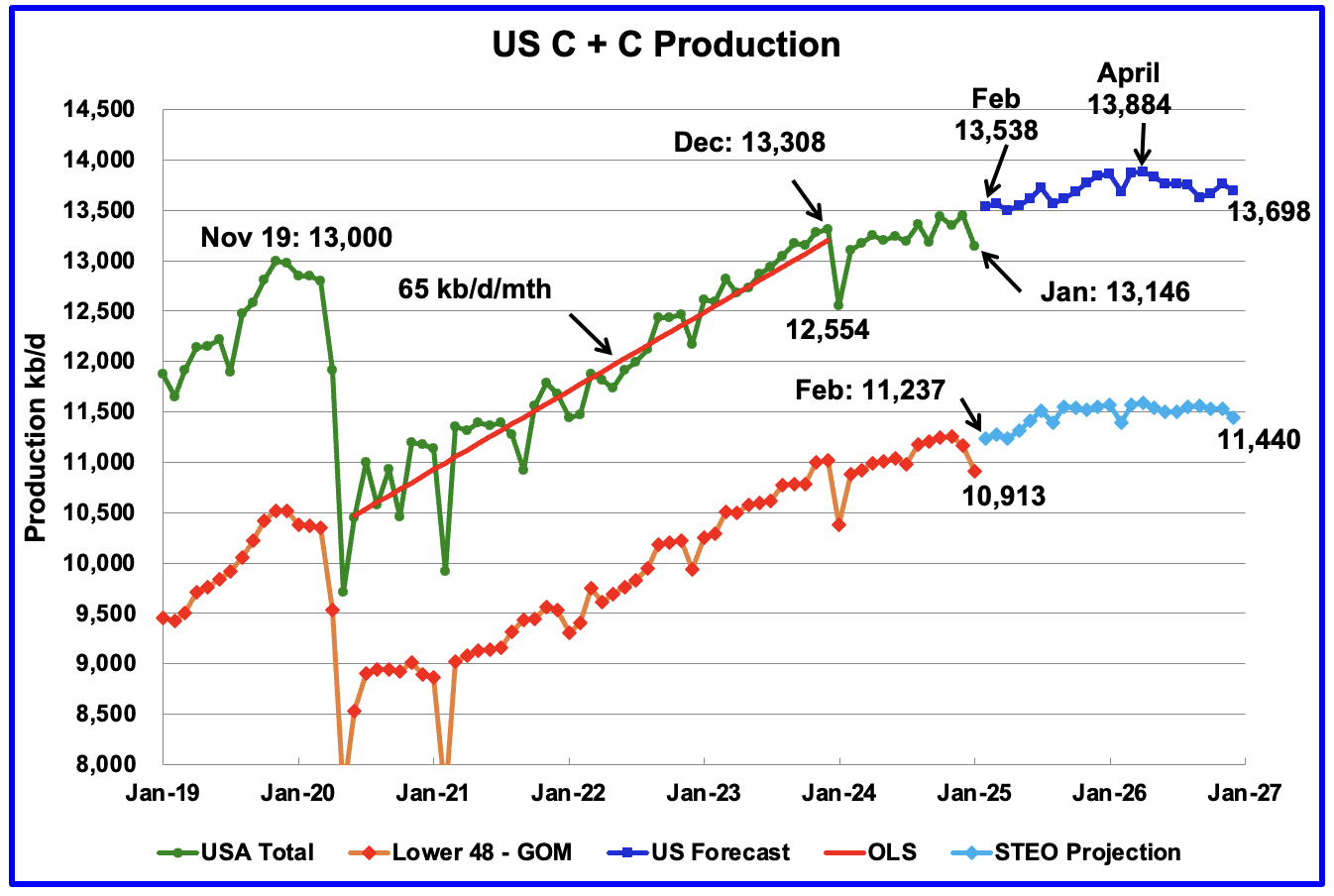Volunteer days are vital to employees’ wellbeing…and your business—this CEO explains why
Employees are less engaged than ever—while stress is at an all time high. So how do you fix it? Volunteer days.

Stress is a major issue for companies in the U.K., with 76% workplaces reporting some stress-related absence in their organization, according to CIPD’s health and wellbeing report. Another issue is disengagement—only 23% of the worldwide workforce are engaged by their work globally, says the 2024 Gallup report. In the UK it’s even lower at just 10%.
But one CEO thinks he’s got the cure to both problems: volunteering.
76%The percentage of stress-related absence in workplaces.
No, Sanjay Lobo isn’t asking employees to do their job for free, but instead, give back a little to the world and community. These “micro actions,” as he calls them, can help employees feel more fulfilled, more productive and have improved wellbeing.

All they need is a willing employer to help them do so…
“There's this disconnect between the working world and giving back”
Lobo is the CEO of corporate volunteering company OnHand, an app which began in 2019, but his interest in volunteering came a long time before that.
He’s been involved in Corporate Social Responsibility (CSR) initiatives throughout his career, in various capacities, from organising group volunteering trips to environmental projects.
One company he worked at had charity partners who funded five employees to Sierra Leone to run a marathon—and this was where he truly discovered the magic of volunteering.
“What it did was it transformed their lives. They went and saw this completely different scenario, realized how privileged they were, and almost all of them quit to do something else,” he told Fortune.
Now this is hardly an advert for corporate volunteering, but it got the cogs whirring for Lobo.
“There's this massive disconnect between the working world and giving back,” he said. Lobo wanted to find a way to connect the two.
“Businesses want us to help engage their employees”
Years later, in 2019, Lobo came up with an idea for an app inspired by his dad. Lobo was living in Brighton in the U.K. while his dad was a couple of hours away in London. As his dad was aging he was getting to that point where he needed a little support with doing tasks such as his weekly shop.
And while there are a lot of charities, such as Age UK, that support older people with shopping and similar tasks, they often struggle to attract volunteers. The idea for Lobo’s app was to team up with these charities and create a “Tinder-like” B2C experience where volunteers could go on the app and match with an older adult.
There was interest in the app and it grew at a slow rate but this wasn’t fast enough to be a venture-backed, sustainable business in the long term.
“The transformation happened when Covid hit and we got approached by businesses wanting us to help them engage their employees,” Lobo explained.
Employees were working from home more than ever while there was more demand for support from vulnerable adults who couldn’t leave their homes. Bosses wanted their employees to feel more engaged, have a sense of togetherness and feel more motivated. Volunteering could be part of the solution.
OnHand signed 10 businesses to test a B2B model in the first year and 100 the year after.
Lobo and his team had hundreds more corporate partnerships since then, ranging from online sports betting company, Flutter and U.K. newspaper, the Telegraph to Fortune 500 companies such as Penguin Random House, owned by Bertelsmann and Dutch banking giant ABN Amro.
So why is there such a need for engagement at work?
Only 10% of the UK workforce feels engaged at work
As Gallup’s report mentions, only 10% of the U.K. workforce feels engaged at work. This refers to “the involvement and enthusiasm of employees in their work and workplace,” the report explains.
“Employees can become engaged when their basic needs are met, and they have a chance to contribute, a sense of belonging, and opportunities to learn and grow,” it continues.
But nowadays, the age-old mission of company growth and making money just doesn’t cut it to engage employees.
“These days employees just don't get the reward from helping that company make loads of money…It's not like the employee can say, ‘Well, I'm gonna work really hard, hit these targets and I'm gonna be able to afford my own house by the time I hit my 30s.’ No, it’s ‘I can't afford to pay my rent,’” Lobo said.
“In our view, CSR and giving back is a way to bring back the purpose of work,” Lobo said.
And bringing back engagement and making your employees feel a sense of purpose is only going to help you as an employer.
“If you can connect volunteering to purpose and engage your disengaged employees, you're going to get productivity gains from that,” he said.
And if your company’s ethos and mission is to give back to your local community, that can inspire employees to be more engaged in their actual day to day work.
“Every piece of volunteering you do makes you feel good”
OnHand conducted a survey across its users, asking whether volunteering made employees feel more engaged at work—and only 20% said no, so clearly it has a huge impact on the average person.
But despite many organizations having paid volunteering hours available, the take up is often low. So how do you encourage employees to get involved?
“Gotta lead by example,” Lobo said. He encourages his teams to get involved with volunteering with “Good Stuff awards” and regular prizes for the top volunteers. He also contributes himself, working on sustainability pledges as well as volunteering as a trustee on a charity board.
But really it doesn’t matter what volunteering you do or how often you do it. It could be walking your neighbour’s dog every couple of days, mentoring ad hoc or taking part in group initiatives with your team annually.
“Every piece of volunteering you do makes you feel good,” Lobo said.
And this isn't just anecdotal evidence. According to a University of Oxford study, volunteering is the only workplace wellness offering that has a positive effect on employees’ well-being.
“My study analyzed data from about 50,000 employees from over 250 companies in the U.K. Volunteering was the only one of these interventions which showed…improved well-being,” says study author William Fleming, a sociologist and research fellow at the University of Oxford.
So if volunteering makes your employees feel good, more engaged at work and more productive—how could you say no?
This story was originally featured on Fortune.com





































































































































































